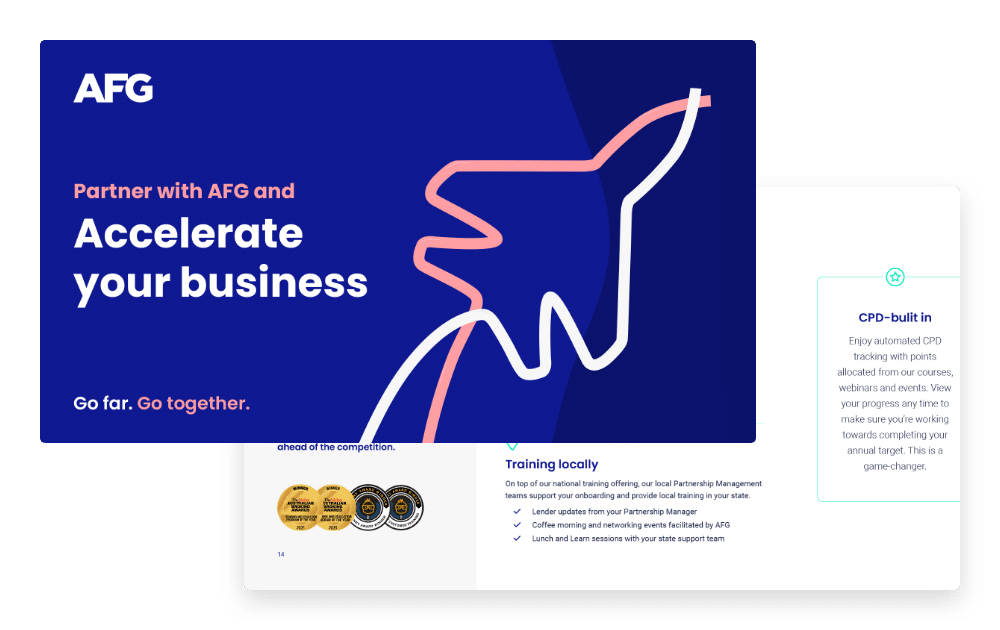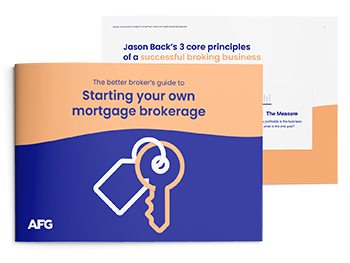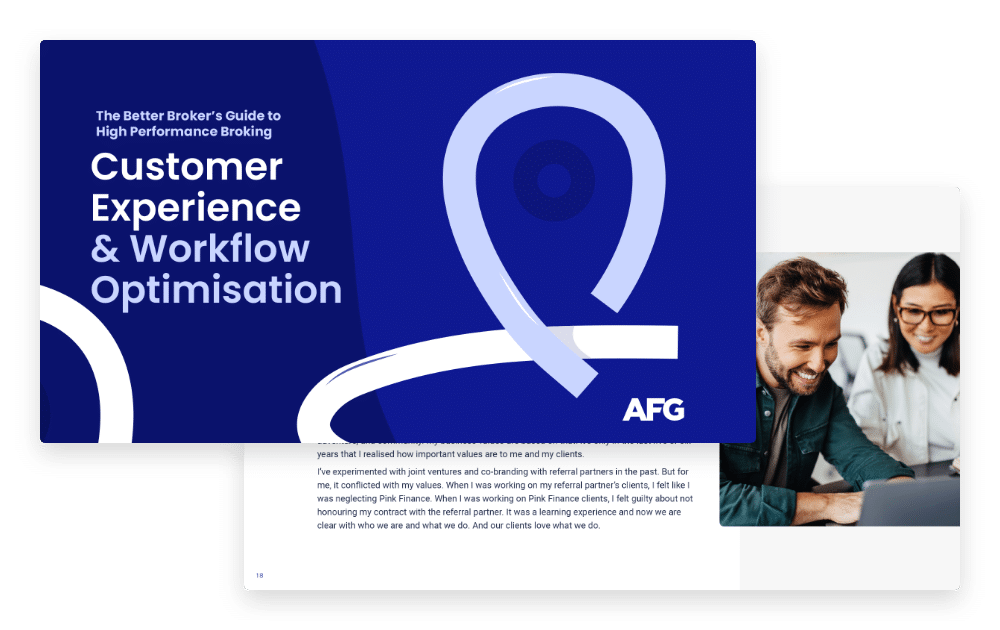Australia has once again become a nation of savers. No longer is debt de rigueur. In this post-GFC era, we prefer to play it safe with lower levels of debt and are looking for ways to be debt-free faster.
Savvy savers are making the most of the low-interest rates and their savings by maximising offset accounts. An offset account is essentially a savings account that is linked to a loan account. Instead of earning interest on your savings deposit, the funds are used to offset the loan account.
Your loan repayment remains the same, but more of it is used to pay off the principal, reducing the life of your loan and slashing the amount of interest paid.
How offset accounts work
Lenders generally offer two types of offset accounts: full offset or partial offset.
A full offset account offers you the same interest rate on your savings as what is charged on your home loan. For example, if you have a $100,000 home loan with interest charged at 6%, plus $10,000 in an offset account earning 6%, the lender will offset your loan balance with your offset account balance and only calculate interest on $90,000.
A partial offset account only offers you a standard savings rate, which is lower than the interest charged on your home loan, so one does not completely offset the other. Using the same example as above, a partial offset account might charge the same 6% on the loan but only offer 4% on the savings. Instead of one lot of interest completely offsetting the other, you would pay a reduced interest rate of 2% (the difference between 6% and 4%) on $10,000 of your loan.
Many borrowers opt for a 100% offset account to take full advantage of this feature but speak to your broker for more information about this type of account.
Benefits
An offset account still allows you to make extra payments on the loan. However, instead of paying more into your actual mortgage, you maintain as high a balance as possible in your savings. This reduces the interest and life span on your loan but gives you all the access and flexibility of a regular savings account, should you need it.
Some lenders even allow you to set up an offset account with a fixed rate loan, giving you certainty around your payments plus the opportunity to get ahead of the debt.
There is also the added benefit of a tax incentive. Because the interest is essentially not earned, you don’t have to include it in your taxable income.
Still in the nest
The key to maximising an offset account is to maintain as high a savings balance as possible. The first step to flesh out your finances is to have your salary paid directly into your savings account. Then it’s a matter of keeping as much of your money in the savings account for as long as possible.
One of the most effective tools is a credit card with a generous interest-free period. Look for a lender offering 55 days interest-free. While it may seem strange to use credit to save, putting as many costs as possible on a card with a long interest-free period can be an effective loan buster. The interest-free period allows you to squirrel away as much of your pay, and any other earnings, for as long as possible to maximise your interest earnings. You just need to make sure you pay off your credit card debt in full before the interest-free period runs out.
What you should consider
An offset account can be a very effective strategy to stay one step ahead of your home loan, providing your spending does not outstrip your savings and you leave your funds to grow over time.
You also need savings to start an offset account. The whole concept fails if you don’t have any savings to leverage in the first instance. You then need to ensure you can maintain surplus cash flow, especially if taking advantage of a credit card with an extended interest-free period. If that’s the case, you will need to be disciplined with expenses, payments and timing. If tempted to put too much on the plastic, the credit card tactic may become a debt trap.
Similarly, if you don’t want to be tempted to overspend, you may be better off injecting any spare funds straight into your loan repayments instead of turning to an offset account.
Look for an offset account that still gives you the standard benefits of a regular savings account: ATM, EFTPOS and telephone and internet banking. Although the aim is to maximise your savings, you still want to be able to access and use your funds as you would with any regular savings account.
Lenders also often charge a higher home loan rate for an offset account. Ask your broker to help you shop around for the most competitive option to suit your circumstances.
If you are still paying off your home or an investment property, but also managing to sock away some savings, an offset account could help you be debt-free faster. Talk to your broker about your circumstances to find out which options may work best for you.









